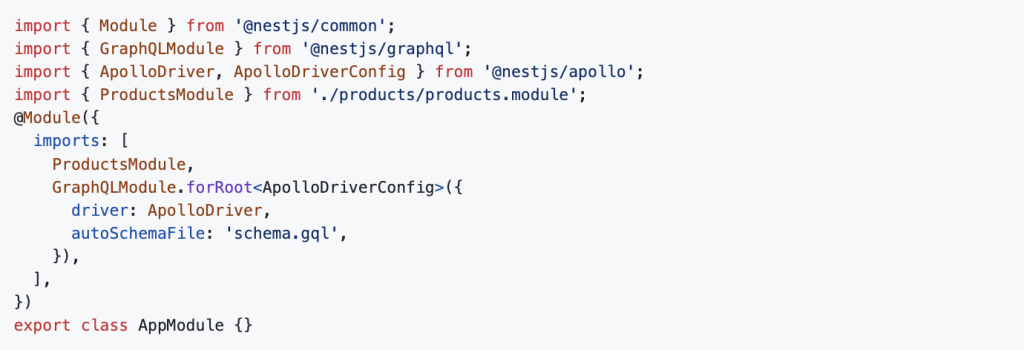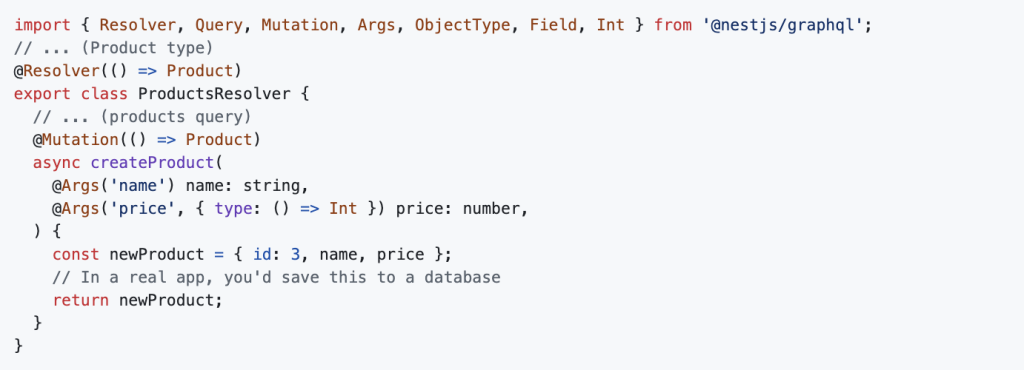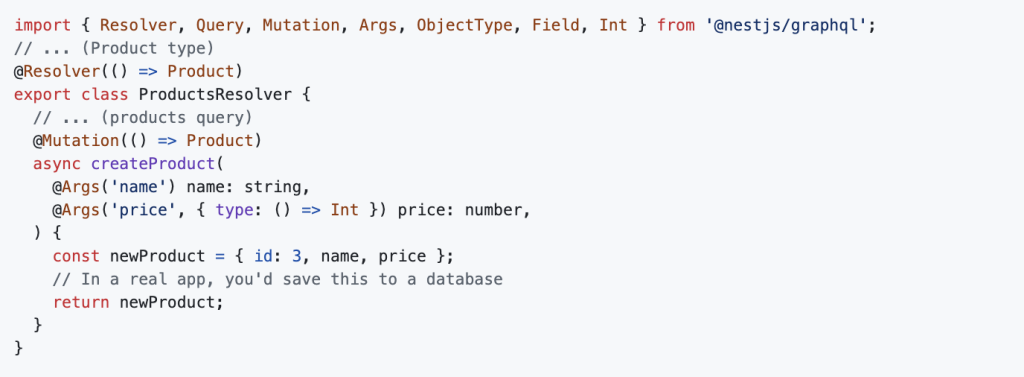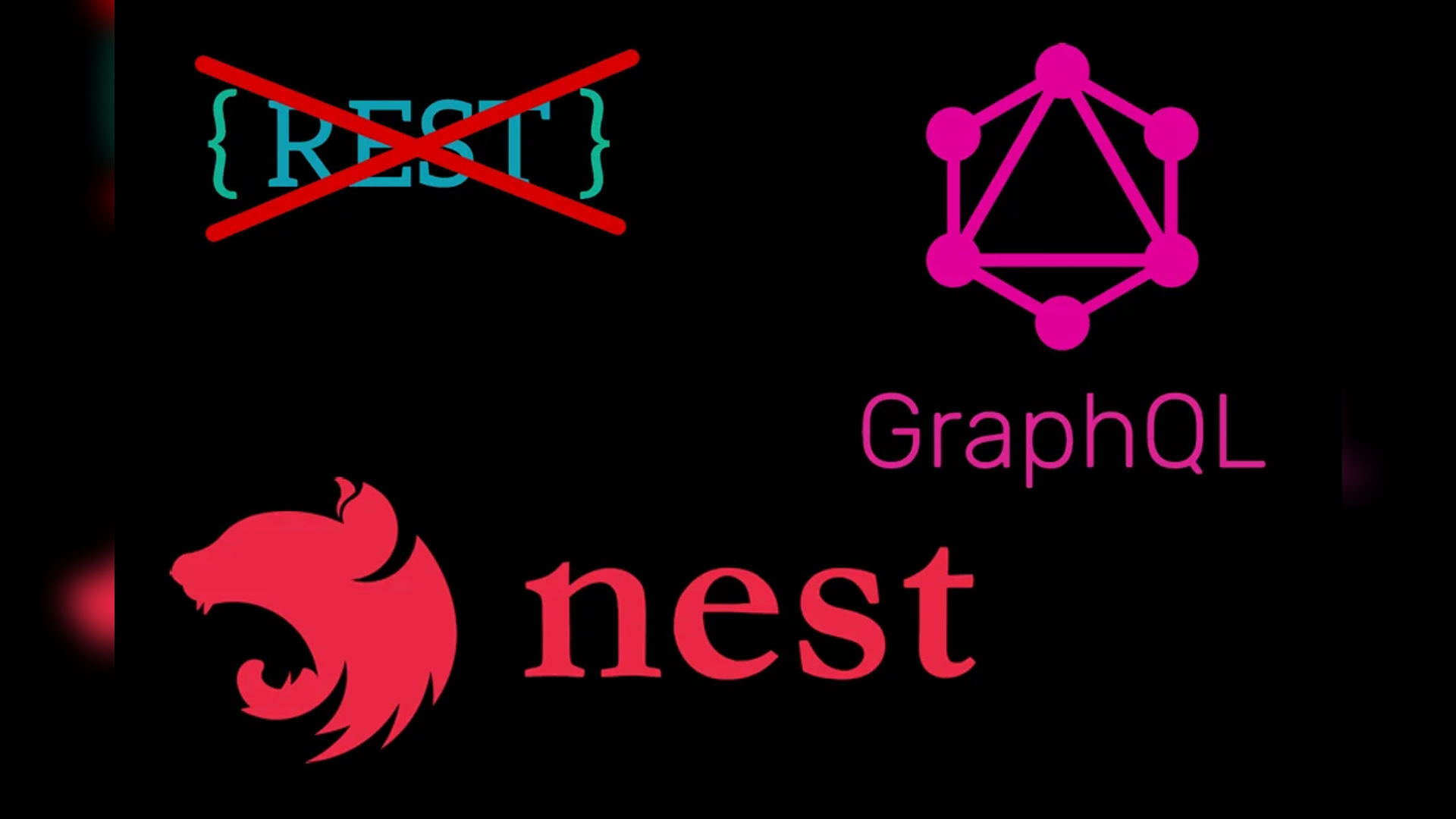Ever feel like your API is a bit of a mess? Like, it sending way too much data or not enough? Yeah, we’ve all been there. But what if I told you there’s a way to build APIs that are, like, super efficient and easy to work with? That’s NestJS GraphQL for ya.
NestJS is like the superhero of Node.js frameworks – super structured and organized. And GraphQL? It’s like the magic wand that lets you grab exactly what you need from your API. Put ’em together, and you’ve got a match made in dev heaven.
**GraphQL is a query language that let’s your frontend ask for the only the data it needs, making APIs more efficient.
Getting Started with NestJS GraphQL (AKA, Let’s Get This Party Started)
(NestJS GraphQL Setup)
First off, you’ll need a NestJS project. If you’re new to NestJS, don’t worry, it’s a breeze. Just install the NestJS CLI:

Then, let’s create a new project:

And now, for the GraphQL goodies:

Think of these as the ingredients for our API cake. @nestjs/graphql gives us the tools to work with GraphQL, and @nestjs/apollo lets us use Apollo Server, which is like the oven for our cake.
Making GraphQL Do Its Thing (Modules and Resolvers)
(Keyword: GraphQL Resolvers NestJS)
NestJS likes to keep things tidy, so we’ll create a module for our GraphQL stuff.

This creates a products module and a products.resolver.ts file. This is where the magic happens. We’ll define our GraphQL schema and resolvers here. Resolvers are like the chefs, they take your requests and cook up the right data.
Here’s a taste of what that looks like:

Hooking Up GraphQL to Our NestJS App
(Keyword: NestJS GraphQL Integration)
Now, let’s tell NestJS to use GraphQL. We do this in app.module.ts.

This sets up Apollo Server, which is like the engine for our GraphQL API. The autoSchemaFile option is super cool, it automatically generates our GraphQL schema, which saves us a ton of time.
Making Changes with Mutations
(Keyword: GraphQL Mutations NestJS)
Mutations are how we change data on the server. Let’s add one to create a new product.

Testing Our API with GraphQL Playground
NestJS gives us GraphQL Playground, which is like a sandbox for our API. To see it in action, run your app:

Then, go to http://localhost:3000/graphql in your browser. It’s an interactive tool where you can play around with your queries and mutations.
Untitled
Cool Stuff You Can Do with NestJS GraphQL
- Data Loaders: Imagine batching up database requests to make things faster.
- Subscriptions: Real-time updates, like live chats or notifications.
- Guards & Interceptors: Adding security and logging to your API.
- Code-First: Writing your schema with TypeScript, like we did.
- Schema-First: Writing your schema in a special language (SDL).
Why NestJS GraphQL Rocks
- TypeScript Power: Strong typing makes your code safer.
- Auto Schema: No more writing schemas by hand.
- Modular Code: Keeps your project organized.
- Dev-Friendly: GraphQL Playground makes testing a breeze.
- Fast APIs: GraphQL’s efficiency keeps things speedy.
So, there you have it. NestJS GraphQL is like a superpower for building APIs. Give it a try, and you’ll wonder how you ever lived without it.
What’s Next?
NestJS GraphQL offers a powerful and efficient way to build modern APIs, streamlining data retrieval and enhancing developer productivity. If you’re looking for expert assistance in leveraging NestJS for your backend development, consider exploring the services offered by Dev Centre House. They have extensive experience in Node.js development, including NestJS, and can help you create robust and scalable applications. Check out their expertise in Node.js and NestJS development here:Dev Centre House
Sources
- Bitovi Blog – How to Create a GraphQL Server with NestJS
- GitHub – Raigremonxd/TCC
- GitHub – MichailZyusko/Benefit.Mobile (MIT License)



